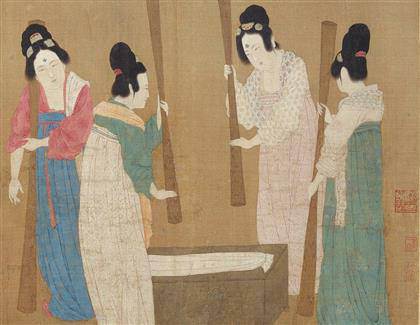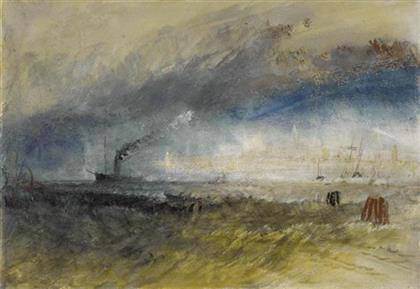
Summer, The Lower East Side, New York City, 1937.
Weegee (Arthur Fellig).
The J. Paul Getty Museum. © International Center of Photography

Underwater Swimmer, negative, 1917; print, 1970s.
André Kertész.
Gelatin silver print.
The J. Paul Getty Museum. © Estate of André Kertész
The J. Paul Getty Museum presents ‘In Focus: Play’ ‘In Focus: Play’, on view at the J. Paul Getty Museum at the Getty Center from December 23, 2014 through May 10, 2015, presents photographs that explore how notions of leisure and play have been represented over the course of the medium’s history.]]>
Source: The J. Paul Getty Museum
The nearly thirty works from the Museum’s permanent collection highlight a wide range of amusing activities, from quiet games like chess to more boisterous forms of recreation like skateboarding and visits to amusement parks and circuses. All of the photographs included in the exhibition illustrate the many ways people have chosen to spend their free time. The images also demonstrate inventive and improvised approaches, like unusual vantage points and jarring juxtapositions that photographers have employed to help capture the spontaneity of playfulness.
The introduction of photography in 1839 coincided with a bourgeoning culture of leisure. Changes in working and living conditions brought on by the Industrial Revolution created an unprecedented amount of free time for large numbers of people in Europe and the United States. In the 1850s, photographic studios began to capitalize on the development and growth of the tourism industry, promoting recreation as a photographic subject. During the nineteenth century, the eminent photographer Roger Fenton, who was widely recognized for visually documenting the Crimean War (1853-56), also photographed intimate scenes that reflected casual pastimes.
The desire for pictures of everyday life flourished during the early twentieth-century. The illustrated press, which had grown in popularity in the United States and Europe since the 1920s, was especially interested in photographs of recreation and leisure. Photojournalists often searched for high-impact images that could tell compelling or amusing stories.
“Capturing our everyday lives has been one of photography’s central themes ever since its invention in the mid-nineteenth century,” says Timothy Potts, Director of the J. Paul Getty Museum. “So it is no surprise that images of people playing games and having fun is a rich seam within the history of photography that this exhibition and accompanying book bring to life brilliantly. This is photography at its entertaining and uplifting best.”
Related content
Getty Museum presents ‘In Focus: Tokyo’ (exhibition, 2014)
Follow us on:


